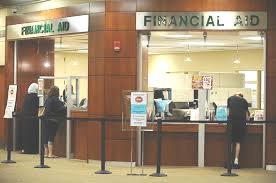
Meanwhile, according to the report by the nonprofit, nonpartisan New America Foundation, universities are leaving their poorest families to vie for a piece of billions of dollars in taxpayer-funded Pell Grants.
Because of this, the federal government continues to spend more and more on Pell Grants, which now total more than $32 billion, yet the lowest-income students end up borrowing more money than ever to pay for their higher educations.
To substantiate its argument that universities and colleges are substituting Pell Grants for their own financial aid, the report relies on previously published research.
But it also cites new data showing that the proportion of private, nonprofit universities and colleges that now charge the poorest families $15,000 or more in tuition and fees — even after financial aid and discounts are accounted for — is rising sharply. That means the neediest students are paying an amount that equals at least half of their families’ annual incomes.
The universities, the report says, “with their relentless pursuit of prestige and revenue,” are using their financial aid not to help low-income students, but to attract affluent students with good grades who can improve their positions in the U.S. News and other rankings, and whose families can afford to pay the rest of the tuition.
Ninety-five private colleges with endowments of more than $250 million charge low-income students an average net price of more than $10,000 apiece, the report says, while 60 charge more than $15,000. Another 33 charge more than $20,000 and 11 charge more than $25,000 each to students whose families earn $30,000 or less.















